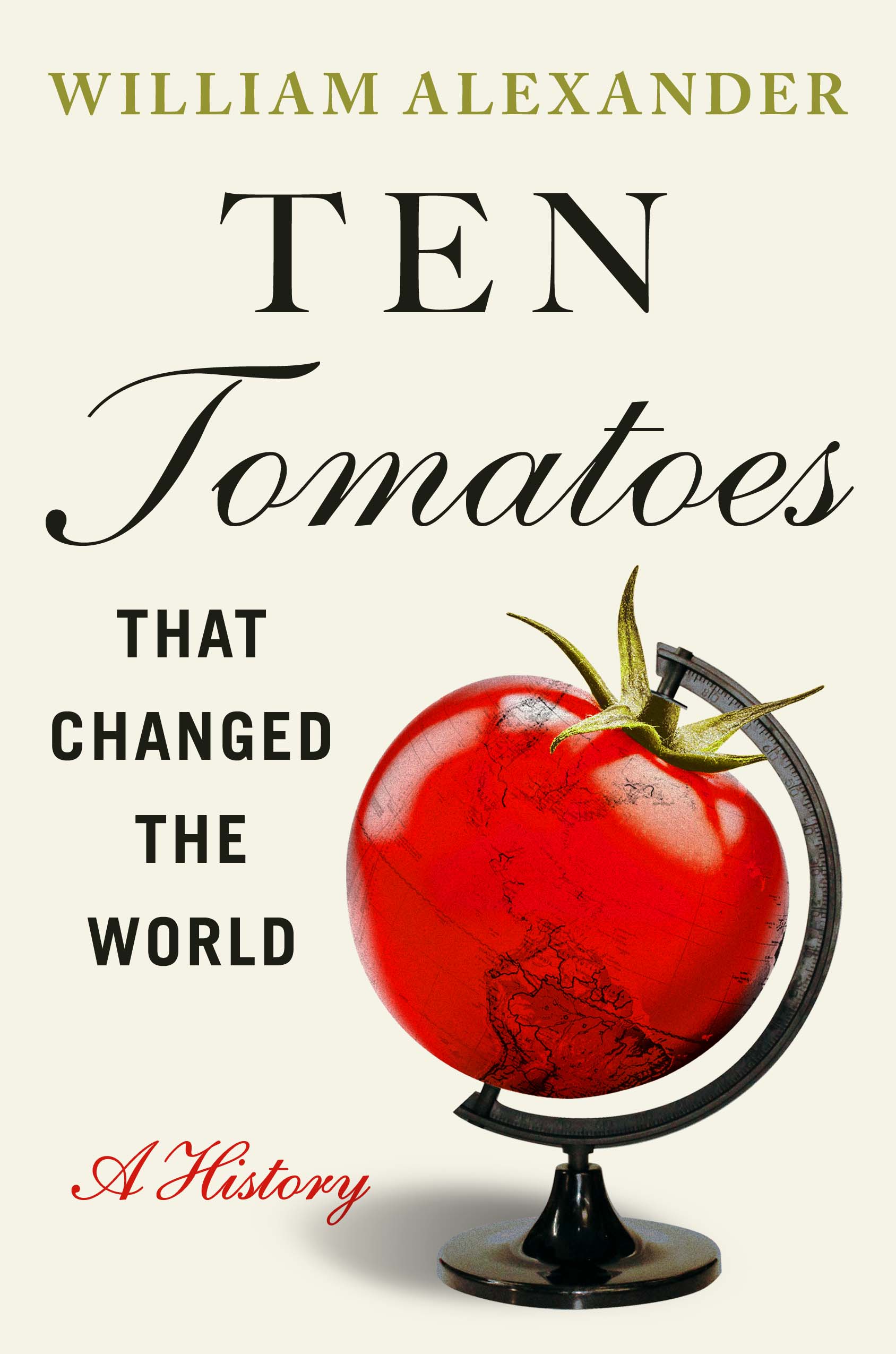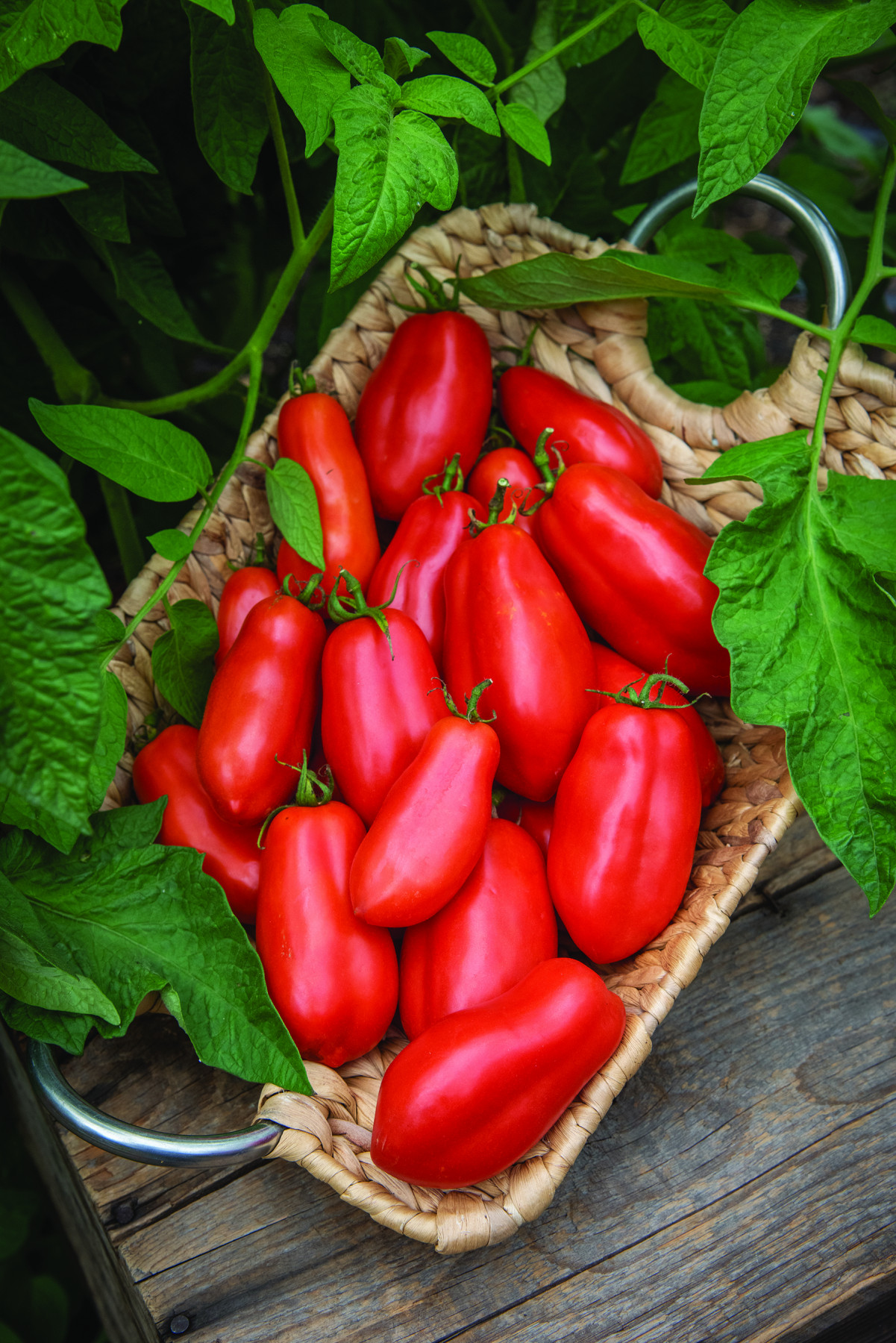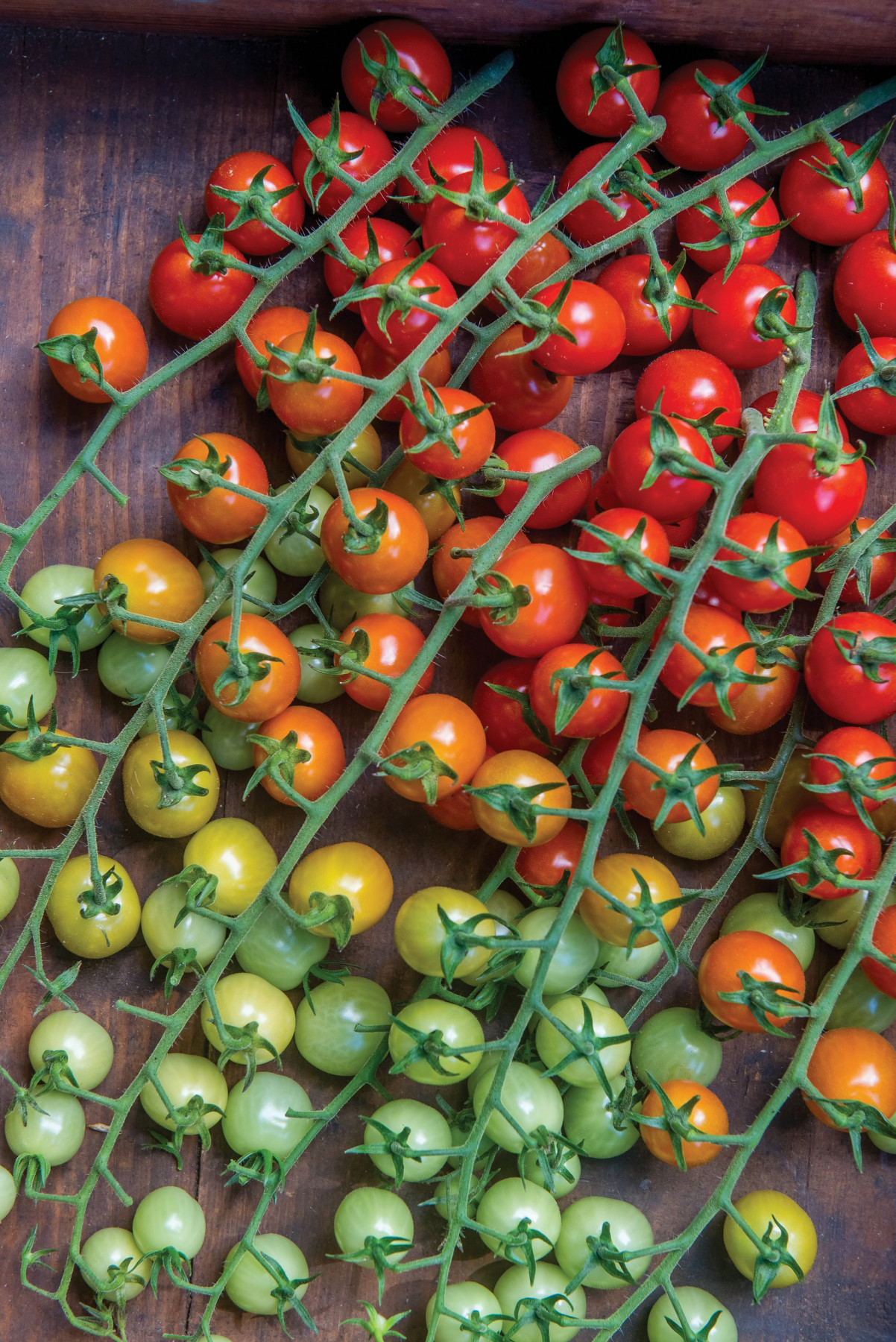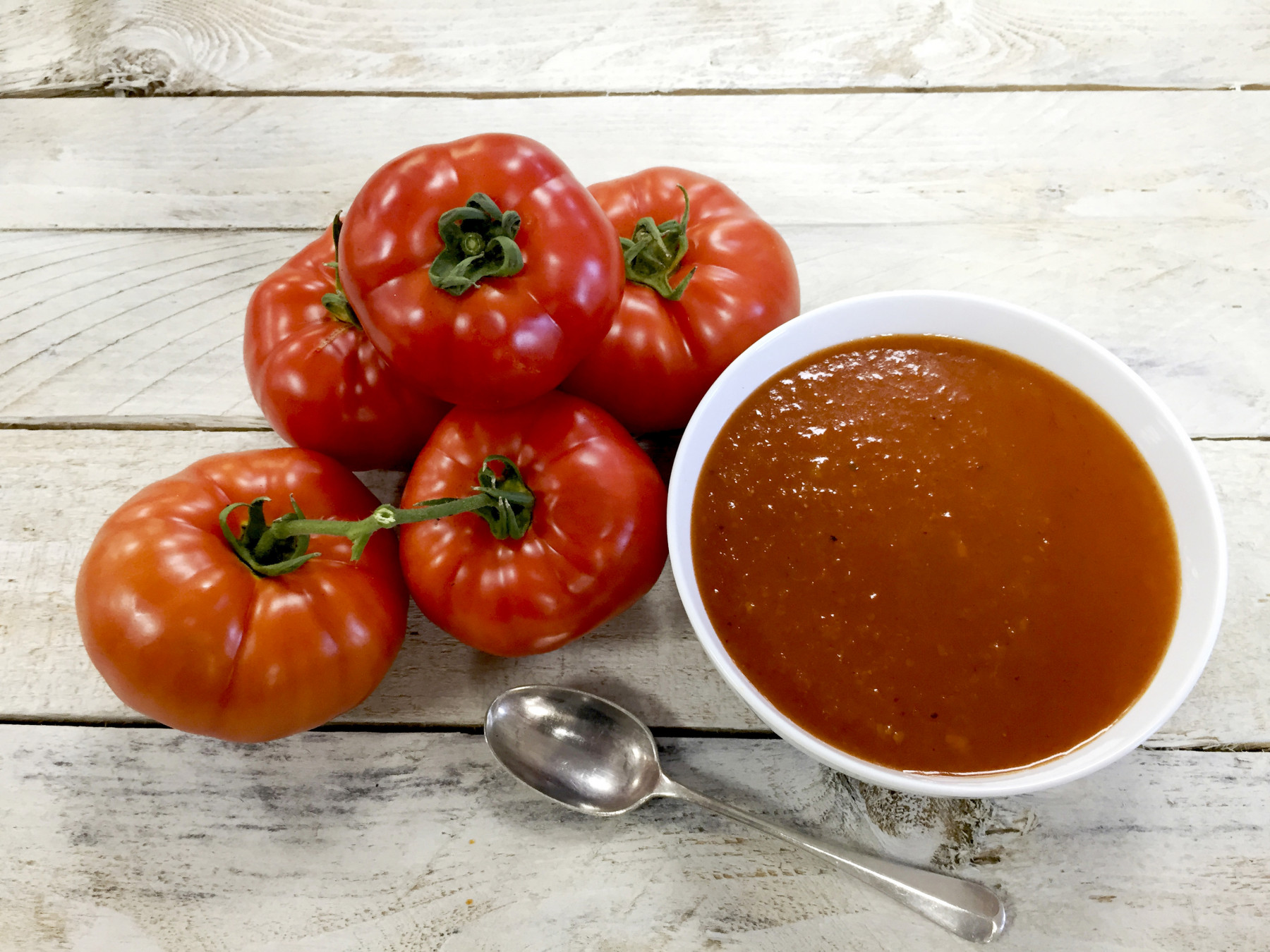
Inspired by an exhibit at RHS Chelsea Flower Show 2021, a book yet to be published and a plant that everyone wants to grow, Jean Vernon shares some juicy tomato pulp gossip info history
Pretty much everyone that has or aspires to owning a garden greenhouse wants to grow tomatoes. This enigmatic crop has had a fascinating journey through the history of the world, our diet and our food.
It’s the cornerstone ingredient for many extensive cuisines worldwide and has been the subject of intensive plant breeding programmes virtually since it was discovered five hundred years ago growing in South America. It’s huge diversity and the breadth of varieties have kept the humble tomato in a constant state of flux while it is grown across the globe in greenhouses, gardens, factories and fields.

An exhibit staged by Pennard Plants and Burpee Europe at the 2021 RHS Chelsea Flower Show, explored the role of our tomato chums throughout history, showcasing ten key varieties that represent crucial points in the history of not just this remarkable fruit, but also its role in different cultures, economies and foodstuffs. The exhibit was inspired and informed by the new book, Ten Tomatoes that Changed the World, by Bill Alexander.
Ancient and archetypal forms
When you think of tomatoes you might imagine a tender, high maintenance greenhouse plant, so it’s fascinating to realise that the origins of our food staple hail from sub tropical but high altitude regions of South America and may more closely resemble ‘Matt’s Wild Cherry’, collected from wild plants in Mexico in the 1980’s, than some of the more exotic looking fruits we grow today instead. Tomatoes are thought to have been brought to Europe some time in the 16th Century and the first documented tomato in Italy is depicted as a deeply ribbed fruit on the doors of Pisa Cathedral.
Pongy and poisonous?
There’s no doubt that tomato plants are particularly smelly. The tiny hairs on their stems and leaves exude a limey yellow greasy substance with a very pungent smell. It is said to deter pests and diseases. You either love it or hate it, but it’s something you just get used to. But it’s no wonder that back on the 19th century, tomatoes, which are related to several poisonous berries and fruits, were once condemned by The Horticulturalist magazine as an “odious and repelling-smelling berry” and believed to be poisonous when eaten. Apparently in 1820, to disprove this belief Robert Gibbon Johnson ate a bucket of tomatoes on the steps of the Salem Courthouse in New Jersey and survived to tell the tale! Please note that even if you like tomatoes it’s probably not a good idea to eat vast quantities.
Processed food

Tomatoes are probably one of the first types of food to be processed. But to be effective the variety chosen needed to have fleshy fruit and few seeds. The latter is not always a good characteristic to proliferate a new variety, but eventually ‘San Marzano’ was created by crossing a number of other parent varieties and has become the processed tomato of choice because it holds its shape for canning, bottling and preserving.
Pizza perfect
Back in Italy tomato history was in the making when King Umberto visited Naples in 1889, with his wife Queen Margherita. She was enamoured by the locals selling street food, who eventually named their doughy base with tomato sauce mozzarella and basil after her. King Umberto himself became immortalised as the pizza tomato, named after him and selected for early ripening and perfect for making the rich tomato sauces that we associate with the Italian diet.
Prime ingredient
Think of tomatoes and it’s not long until two quintessential tomato products spring to mind. First Ketchup, added to all sorts of meals in the Western world. It was Heinz that created the first preservative free tomato ketchup making it a commercial product back in 1904. The secret was to harvest tomatoes when they are at peak ripeness and packed with pectin. Plant breeders started work on 1936 to enhance these qualities. The variety Heinz 1370 was the result of some of that breeding work and from the mid 1960’s Heinz tomato products, including the famous tomato soup and ketchup contained this tomato.
Greenhouse tomatoes

The tomatoes that we buy and eat today have mostly been bred for large-scale glasshouse production. Desired attributes include disease resistance, high yield, delayed ripening and qualities that afford safe shipping and transport. Tomatoes grown by the home gardener are hugely diverse spanning older heritage varieties right up to the latest modern new varieties such as my favourite Honeycomb. While most greenhouse owners harness the solar light and energy to coddle these sub tropical plants, modern growers have turned to innovative engineering such as heat pumps, LED lighting and hydroponics to grow tomatoes en masse. Many shop bought tomatoes are harvested with the vine and then trimmed to fit the retail packaging. Fortunately few of these innovations are needed by the greenhouse gardener who can choose to grow their own favourites, try a few others and explore the variety of this enigmatic group of plants.


